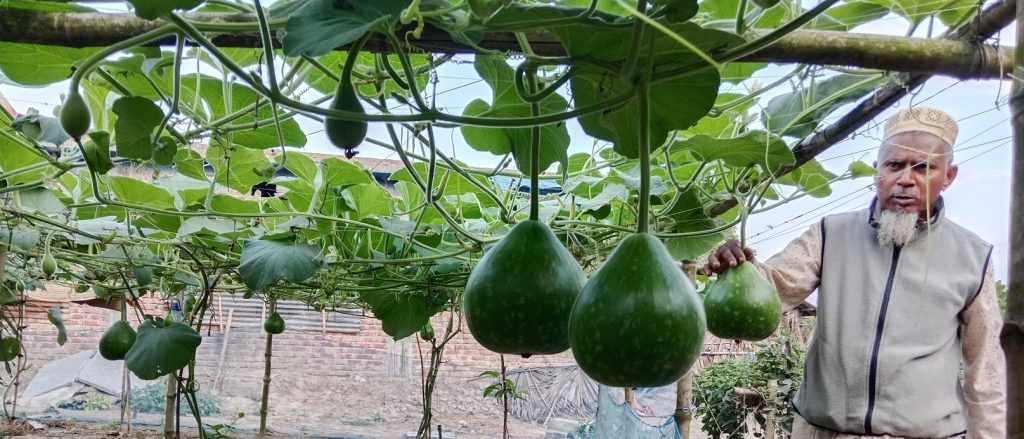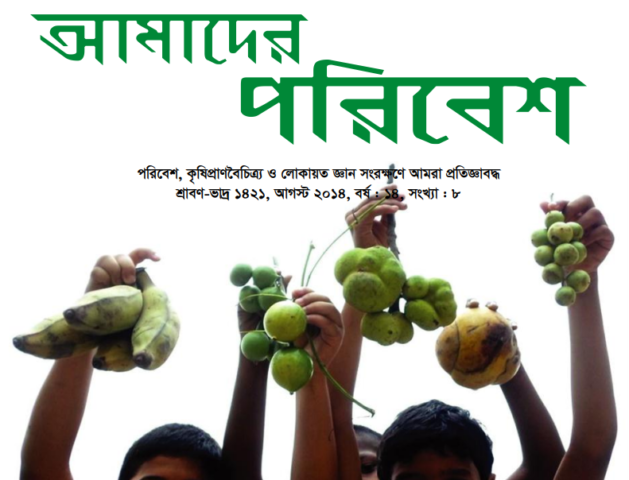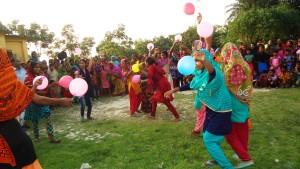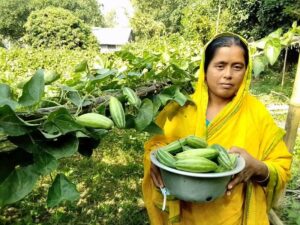By Sultana Khatun, from Rajshahi
Kupakandi is a small village in Darshanpara Union, Paba Upazila of Rajshahi district. Most of the people in this village depend on agriculture for their livelihood. BARCIK conducted awareness and research activities in this village since 2016. The efforts of BARCIK have resulted in the increased awareness among the local community to farm diverse crops in their lands using their indigenous knowledge and methods. Many villagers are now using unused spaces near their homes to grow vegetables and spices like ginger and turmeric using sack farming techniques.
One such farmer is Md. Akkas Ali (55). His family consists of two members. He owns 25 decimals of homestead land and 6 bighas of arable land. Akkas Ali has been cultivating seasonal vegetables near his home for six years, using organic fertilizers and quick compost. His garden is never left empty; he sows new seeds while the previous crops are still growing.
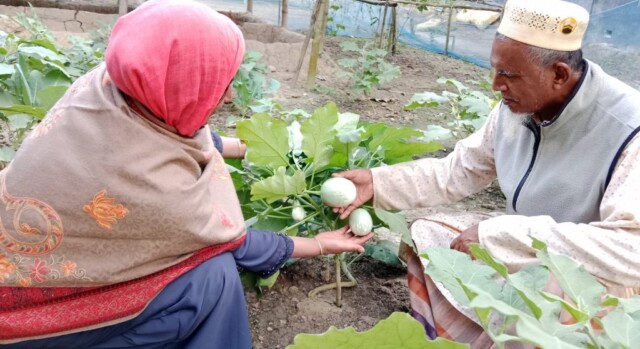
With support from BARCIK, his home has been transformed into a “Model Shotobari” (Nutrition Bank). Two months ago, BARCIK provided him with 50 eggplant seedlings, which he has nurtured using agroecological practices. Now, his eggplant plants are bearing plenty of fruit. In order to protect his plants from pests, he has wrapped napthalene in white cloth and hung it from the branches, eliminating the need for chemical pesticides.
Akkas Ali shared, “I cultivate eggplants, bottle gourds, beans, and other vegetables using indigenous knowledge and organic methods. Additionally, I am experimenting with growing ginger in 100 sacks and turmeric in 30 sacks using organic fertilizers.” He added, “While everyone is using chemical fertilizers and pesticides, I am using the traditional methods inherited from my father’s time to ensure safe, toxin-free food.”
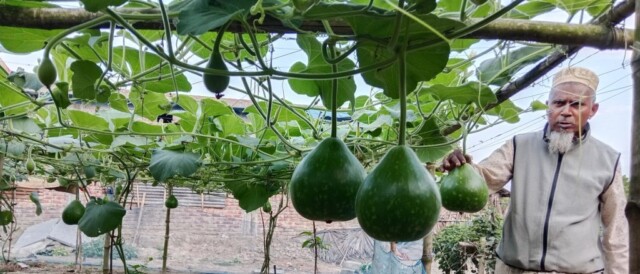
Inspired by Akkas Ali’s initiative, other farmers and young people in the village are also adopting similar practices. His diverse vegetable cultivation meets his family’s needs, allows him to share with neighbors, and earns additional income from surplus produce. His indigenous practices are paving the way for new possibilities in the village’s agricultural systems.

